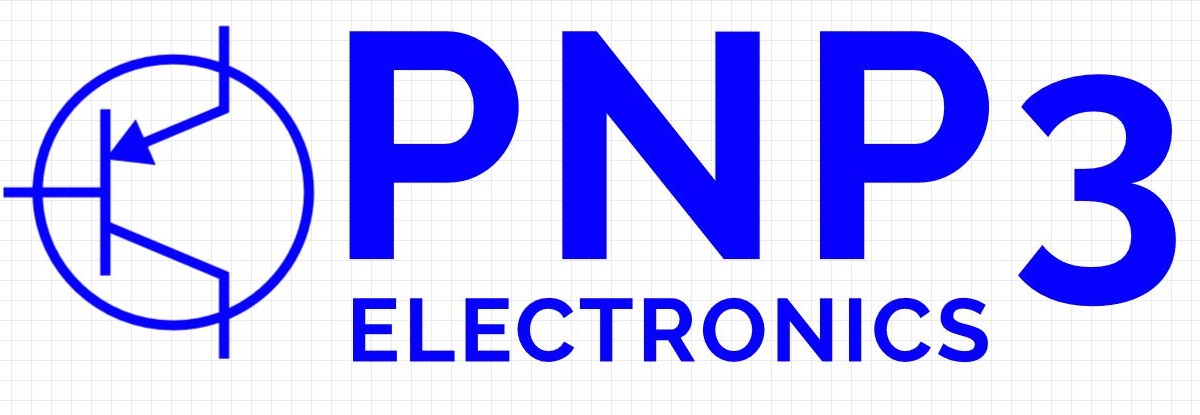
A client recently asked me what I thought about vibe coding. You know, when you just sit down, start typing, and see what happens. My immediate response:
NEVER in production code!
But the question stuck with me. Is there a time and place for vibe coding?
It’s perfect for quick tests, proof-of-concepts, or validating a theory when you’re exploring an idea. In those early stages, speed matters more than structure. You’re trying to learn something, not ship it. I’m not quite a fan yet of vibe coding, preferring to completely understand every line of code I write. But I’ve certainly used AI to rough out protocols, talk through implementations, or sanity-check an algorithm.
What’s interesting to me is how this ties into the rise of AI-assisted coding (GitHub Copilot, Claude Code, Cursor to name a few). Most of my clients have explicitly stated, in writing nonetheless, not to use AI on their projects. And I get it. IP is sacred. Trust matters.
Still, AI has stormed onto the scene, and I think we’re all figuring out where it fits in the embedded dev stack. Maybe it’s for vibe coding. Maybe not. Either way, it’s a tool and not a substitute for engineering experience and judgment.

